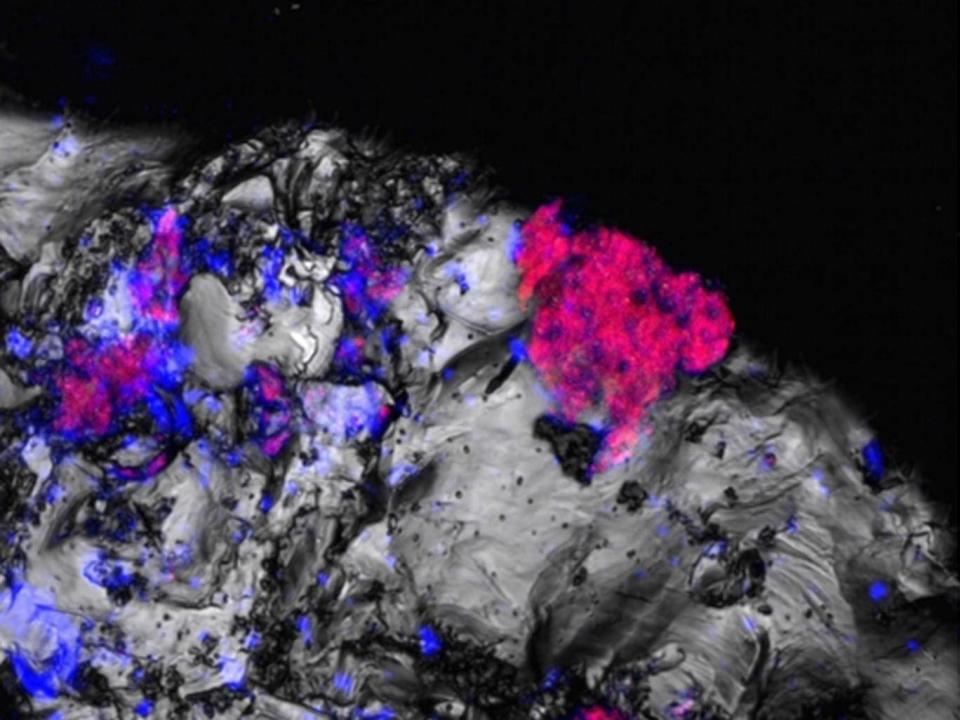Bacteria found 600m underground hint at alien life on Mars, scientists say
Bacteria discovered in a 600m-deep hole in Spain have provided tantalising clues about possible alien life that could be hiding on other planets.
Scientists found tiny creatures which would normally turn sunlight into energy have developed news ways to survive in the pitch black conditions underground.
This ability to live far away from the surface would be a great asset to anything inhabiting Mars, where powerful radiation and harsh environment makes the planet’s surface virtually uninhabitable.
“The subsurface is a good place to live on if you are on Mars,” research leader Dr Fernando Puente-Sancheza of Spain’s National Centre for Biotechnology told The Independent.
“On the surface in Mars there is almost no atmosphere so you get a lot of radiation that could damage life. If you go some metres below the surface then you are protected, it is a very stable environment.”
Dr Puente-Sancheza said he was initially surprised to find cyanobacteria – a group of microbes largely defined by their ability to obtain energy through photosynthesis – living so far from the sun’s rays.
“When you think of cyanobacteria you think of photosynthesis,” he explained.

While these microbes have been found living underground before, the small populations discovered previously were assumed to have ended up there by accident – perhaps seeping into the ground from the ocean.
But the bacteria living in the Iberian Pyrite Belt borehole that Dr Puente-Sancheza and his colleagues documents in their Proceedings of the National Academy of Sciences paper were thriving.
To understand how they were doing it, the researchers analysed the genetic sequences of the bacteria to look for clues.
They found evidence for chemical processes taking place in these tiny creatures that could allow them to generate power using hydrogen as fuel.
“Whenever there were large amounts of cyanobacteria in the samples, the hydrogen concentrations decreased – that could indicate the cyanobacteria are indeed consuming that hydrogen,” said Dr Puente-Sancheza.
Cyanobacteria are hardy creatures, and this additional string to their bow suggests that there are few conditions that they cannot adapt to live in.
It also suggests a model for the kind of alien life forms that could once have inhabited Mars, and could be living there still.
“On Mars, the typical idea you get is that if there was ever life, it was in the past because in the past it was so much better – you had water on Mars, you had an atmosphere that would give you protection, you have volcanic activity that gave you more energy,” said Dr Puente-Sancheza.
“What this tells us is that maybe things that were alive on the surface and were having a good time in the past there – maybe they can colonise the subsurface and maybe they are still surviving there.”
In June organic matter collected by Nasa’s Curiosity rover on the surface of the Red Planet provided the best evidence yet that life had once existed on its surface.
As evidence mounts for an underground habitable zone on Mars, scientists hope that these studies will inform future expeditions to search for alien life.

 Yahoo News
Yahoo News 
